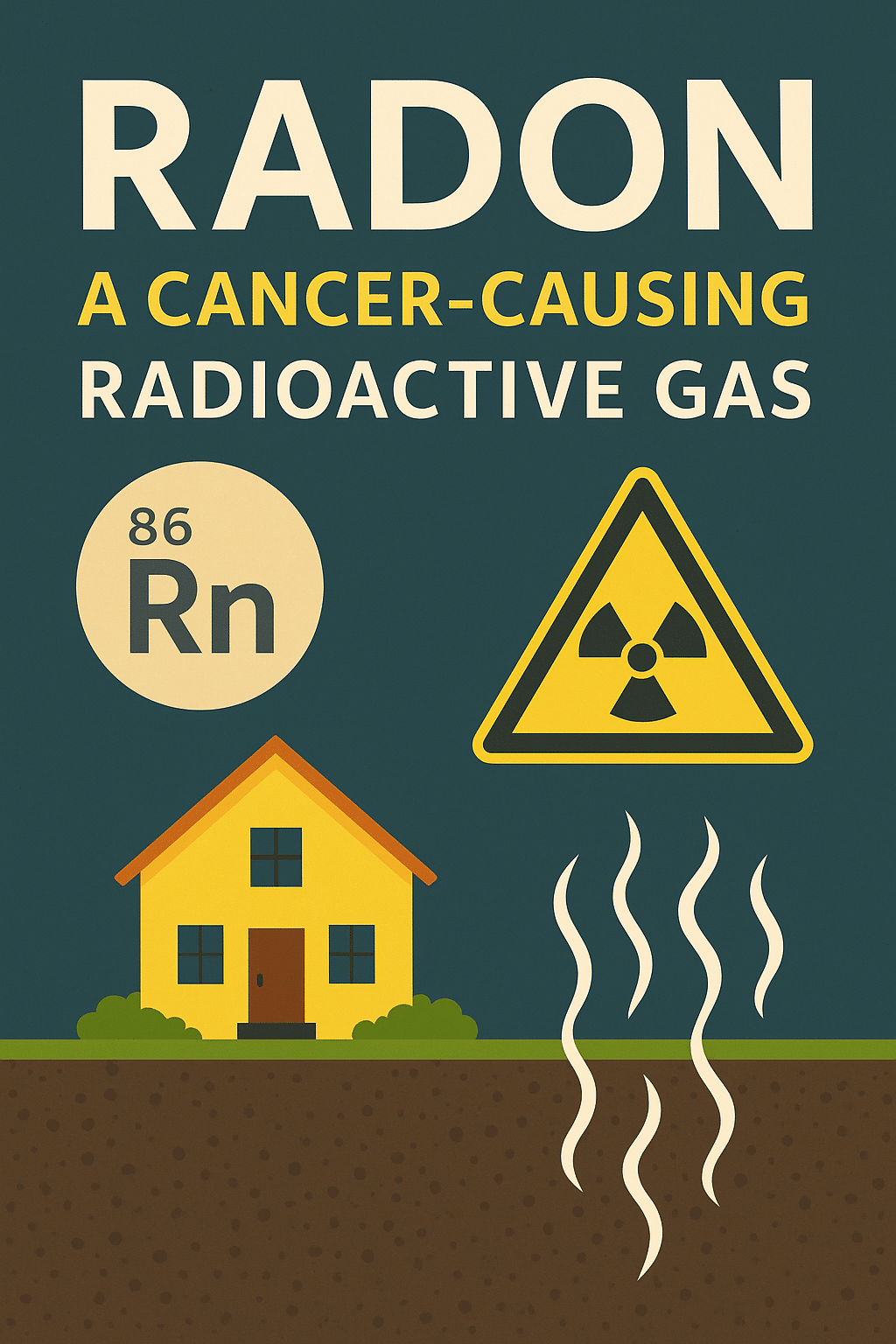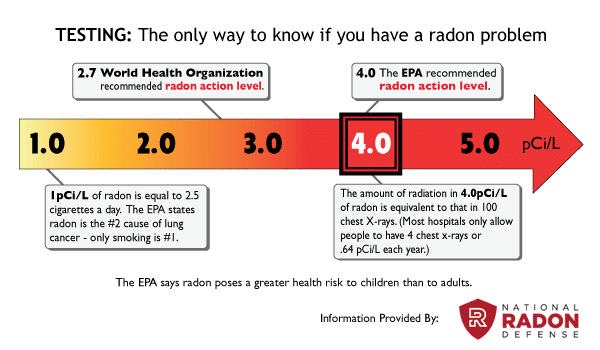
Why the EPA Recommends Remediating Radon at 4.0 pCi/L
When it comes to home safety, one danger often goes unnoticed: radon. This invisible, odorless gas is a leading cause of lung cancer in the U.S., yet many homeowners remain unaware of its risks. The Environmental Protection Agency (EPA) recommends taking action when indoor levels reach 4.0 pCi/L—but what makes this number so important?
What Exactly Is Radon—And Why Should You Care?
Produced by the natural decay of uranium in soil, rock, and water, radon enters homes through foundation cracks, construction joints, and even the water supply. Though it’s a naturally occurring gas, it can accumulate indoors and reach harmful concentrations.
Long-term exposure is the second leading cause of lung cancer in the country, contributing to around 21,000 deaths each year. Unlike more immediate threats like carbon monoxide, exposure builds over time—making it all the more dangerous because it often goes unnoticed.
Why 4.0 pCi/L? The Reason Behind the EPA’s Recommendation
The EPA’s 4.0 pCi/L guideline isn’t arbitrary—it’s the result of extensive research and risk modeling. Here’s why this level matters:
1. Risk vs. Practicality
At this threshold, non-smokers face a lifetime lung cancer risk of about 7 in 1,000. Smokers face significantly greater risk—about 62 in 1,000. Although lower levels can still be harmful, 4.0 pCi/L represents a reasonable balance between health protection and cost-effective action for most homeowners.
2. Mitigation Works
Most mitigation systems are designed to bring levels below 4.0 pCi/L, and often even lower. Targeting this threshold ensures that remediation efforts make a real impact, both in terms of health and measurable results.
3. Cumulative Risk
This isn’t a “safe” level, but rather a call to act. Living in a home with levels above 4.0 pCi/L is comparable to smoking up to 10 cigarettes a day. The longer the exposure, the higher the risk—especially for families with young children or elderly occupants.

More Than Just a Health Concern
Beyond its effects on your well-being, radon can impact your home’s value. Elevated levels often become dealbreakers in real estate transactions, especially as today’s buyers grow more health-conscious. A home with a properly installed mitigation system is not only safer—it’s also more appealing on the market.
Modern mitigation efforts often pair well with energy-efficient upgrades. Improved ventilation systems don’t just lower radon—they enhance overall indoor air quality and reduce utility costs. In that sense, radon control is part of a larger movement toward sustainable, healthier living.
Peace of Mind You Can Count On
Mitigating radon isn’t just a smart health decision—it brings psychological relief, too. Knowing your home is free from elevated levels gives you peace of mind and reinforces your commitment to a safe, healthy space for your family.
Act Now, Breathe Easier Later
Don’t let this silent danger go unchecked. With a simple test and effective mitigation, you can take control and protect your household from long-term exposure.
For expert radon testing and remediation services, call us at 410-679-1401 or email info@blecrabinspections.com. Your home—and your health—are worth it.
Spring has arrived! Here’s why it’s the perfect time to eliminate mosquitoes—and protect your home and health.

